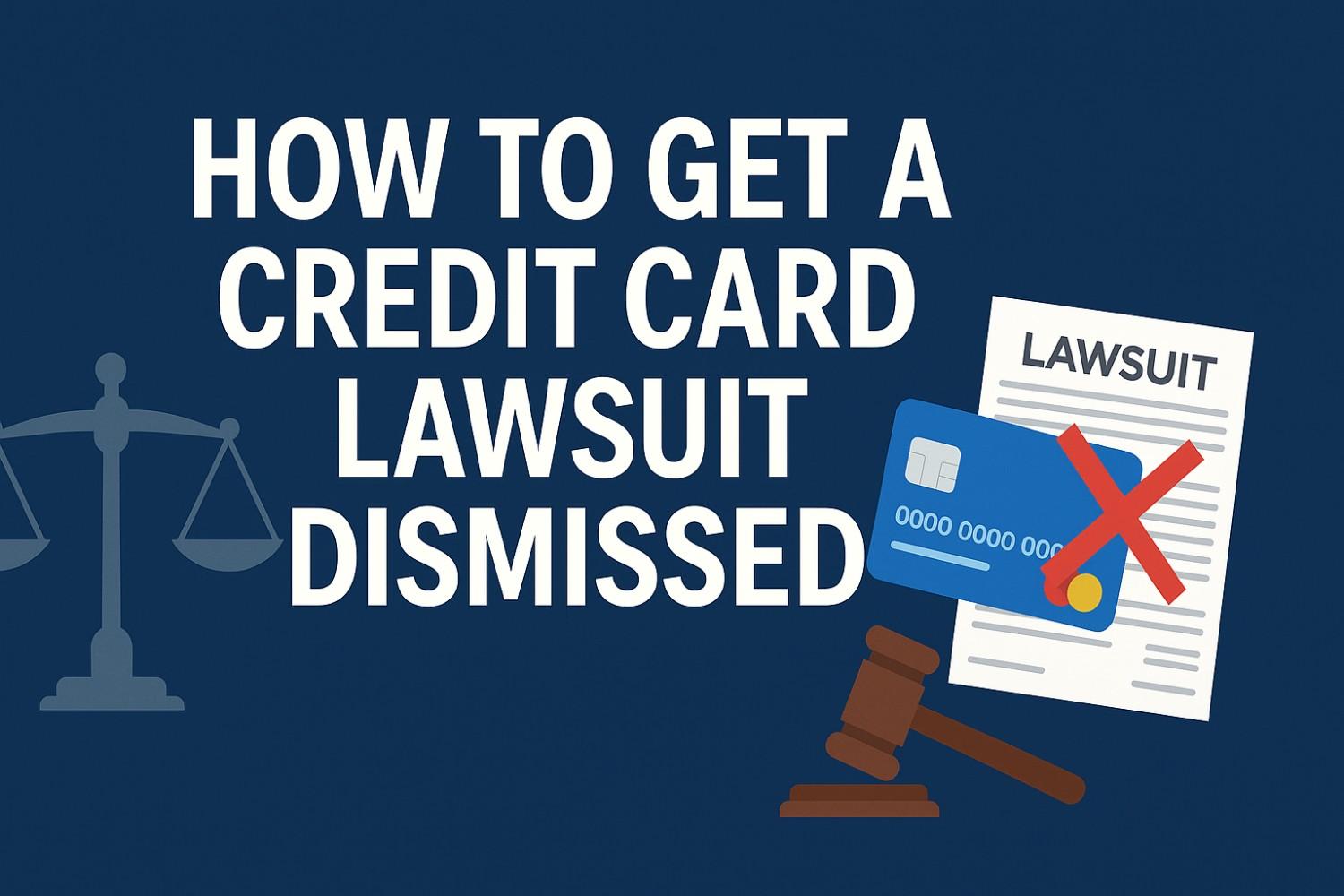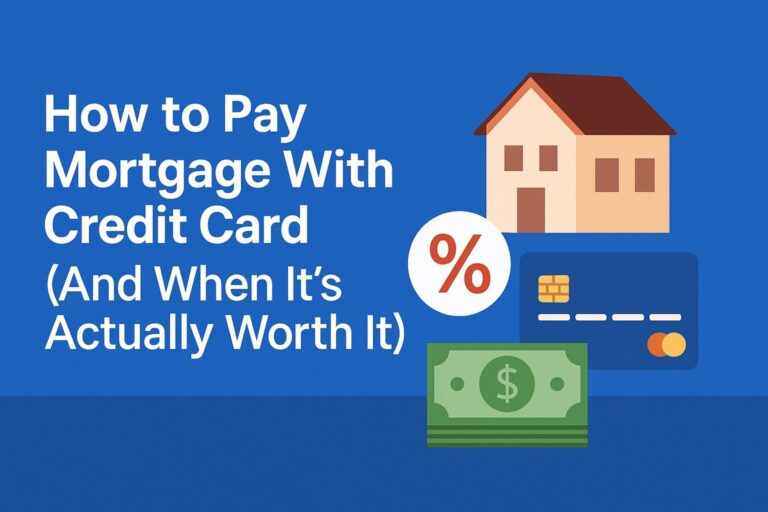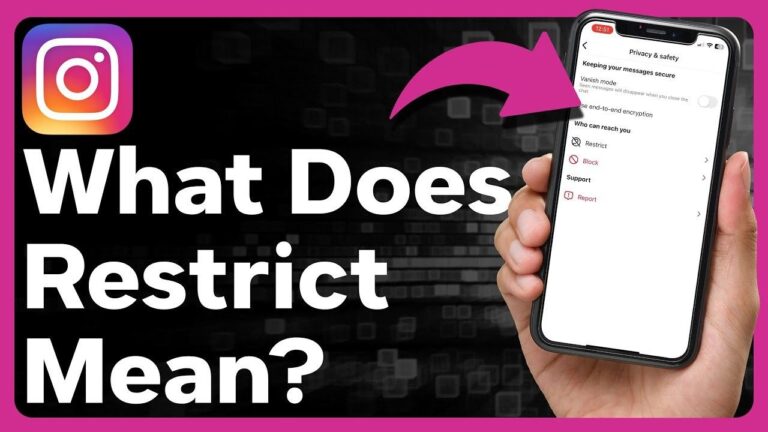If you’re wondering how to get a credit card lawsuit dismissed, you’re already ahead of most people—because the fastest way to lose is to ignore the summons. Your first goal is simple: protect your rights, force the plaintiff to prove every claim, and use the law (and procedure) to your advantage. The steps below reflect what the best-ranking guides emphasize: respond on time, challenge standing and paperwork, assert defenses like statute of limitations, and negotiate smartly when that’s the better win.
What should I do the moment I’m served?
Mark your deadline and respond. Your summons sets a firm due date to file an “Answer.” Miss it and the plaintiff can seek a default judgment (which can lead to wage garnishment or bank levies). Many states require a response in 20–30 days—for example, New York allows 20 days if served in-hand or 30 days if served otherwise; California’s court help center instructs consumers to file within 30 days. Always follow the date on your papers.
File an Answer that preserves defenses. Your Answer is where you deny allegations you can’t verify, assert defenses, and demand proof. State court self-help sites explain that your Answer can check off common defenses; use them if they apply.
Consider talking to a lawyer. Even a quick consult helps you decide whether to fight or settle; reporters note attorneys can also ensure any settlement actually results in a filed dismissal.

Which legal defenses most often get cases tossed?
Lack of standing. Debt buyers must prove they own your specific account and have the right to sue—via a chain of assignment and accurate records. Courts routinely scrutinize standing; consumer law resources and case write-ups highlight dismissals where plaintiffs couldn’t prove it.
Statute of limitations (SOL). If the lawsuit comes after your state’s time limit for suing on credit-card debt, you can ask the court to dismiss. SOLs vary by state and can turn on contract type and last payment date—check a current state chart and be ready to show timing.
Improper service or procedural defects. If you weren’t served correctly under state rules, or the complaint lacks required details, you may move to dismiss for procedural reasons. Courts and legal guides recognize improper service as a valid defense.
Identity theft, payment, or balance errors. If the account isn’t yours, you already paid, or the numbers are wrong, raise that early and demand strict proof.
How do I force the collector to show real proof?
Use your right to validation and verification. Under federal rules, collectors must provide specific information about the debt and, when they use the Model Validation Notice, they get a “safe harbor” only if they stick to the form’s requirements—use that to spot gaps.
Demand admissible documents. Top guides stress making the plaintiff prove ownership, amount, and accuracy—not just spreadsheets. Challenge hearsay and require original-source records (cardholder agreement, statements, assignment chain).
Leverage discovery. Serve requests for documents and admissions. When they can’t produce a clean paper trail, you strengthen a motion to dismiss (for legal defects) or a motion for summary judgment (no triable facts). Civil-litigation primers explain when each motion fits.

When does settling make more sense than fighting?
If the debt is valid and timely, negotiate terms you can keep. Courts and consumer resources explain that you can settle after a suit is filed. If you settle, ensure the agreement requires the plaintiff to file a dismissal with prejudice (or upon final payment) and to update credit reporting as agreed. Media guides emphasize that an attorney can help structure and file the dismissal properly so court records reflect it.
Get everything in writing. Keep signed copies and payment proofs. If you fully pay a judgment, ask for a Satisfaction and Release to close the loop.
How do I file a motion to dismiss the lawsuit?
Identify the legal defect. Common grounds: expired statute of limitations, lack of standing, or improper service. Some state courts offer guidance on motions; many consumers benefit from counsel at this stage.
Draft, file, and serve. Follow local rules for formatting, exhibits, and hearing dates. Attach evidence (e.g., proof of bad service, SOL dates) and cite the rule or statute you rely on. If the plaintiff can’t fix the defect, you ask the judge to dismiss.
Show up. If there’s a hearing, appear and calmly explain the defect. Bring timelines (for SOL), service affidavits to challenge, and any contradictory records.
What about my rights during collection and litigation?
Federal law (the FDCPA) bars abusive, deceptive, or unfair practices; the FTC and CFPB publish consumer guidance and complaint portals. If a collector breaks the law, document it and consider counterclaims or regulatory complaints.

Frequently Asked Questions
1. Can I really get a case dismissed just by asking for proof?
Sometimes—if the plaintiff can’t prove they own your account or can’t authenticate records, judges can dismiss. Your job is to deny what isn’t proven and request the documents that matter (agreement, statements, assignments).
2. How fast do I need to respond to avoid a default?
Follow the date in your papers. Many states run 20–30 days; New York, for instance, uses 20 days for in-hand service and 30 otherwise, and California’s help center cites 30 days. Missing the deadline risks default.
3. What if the debt is too old?
If the statute of limitations expired, tell the court—it can be grounds for dismissal. Check your state’s SOL and calculate from the last payment or default date, depending on state law.
4. Should I settle or fight?
If the debt is valid, timely, and well-documented, settlement can save money and stress—just make sure the agreement requires the plaintiff to file a dismissal with the court. If documentation is weak or the SOL passed, fighting may be better.
Final Take: The Smart Path to How to Get a Credit Card Lawsuit Dismissed
Winning isn’t about magic words; it’s about deadlines, defects, and documentation. Respond on time, challenge standing, verify the statute of limitations, and force the plaintiff to prove every number. If the case is strong against you, negotiate a written settlement that results in a filed dismissal. Either route, you protect your rights and give yourself the best chance to end the case on favorable terms—exactly how you get a credit card lawsuit dismissed.








